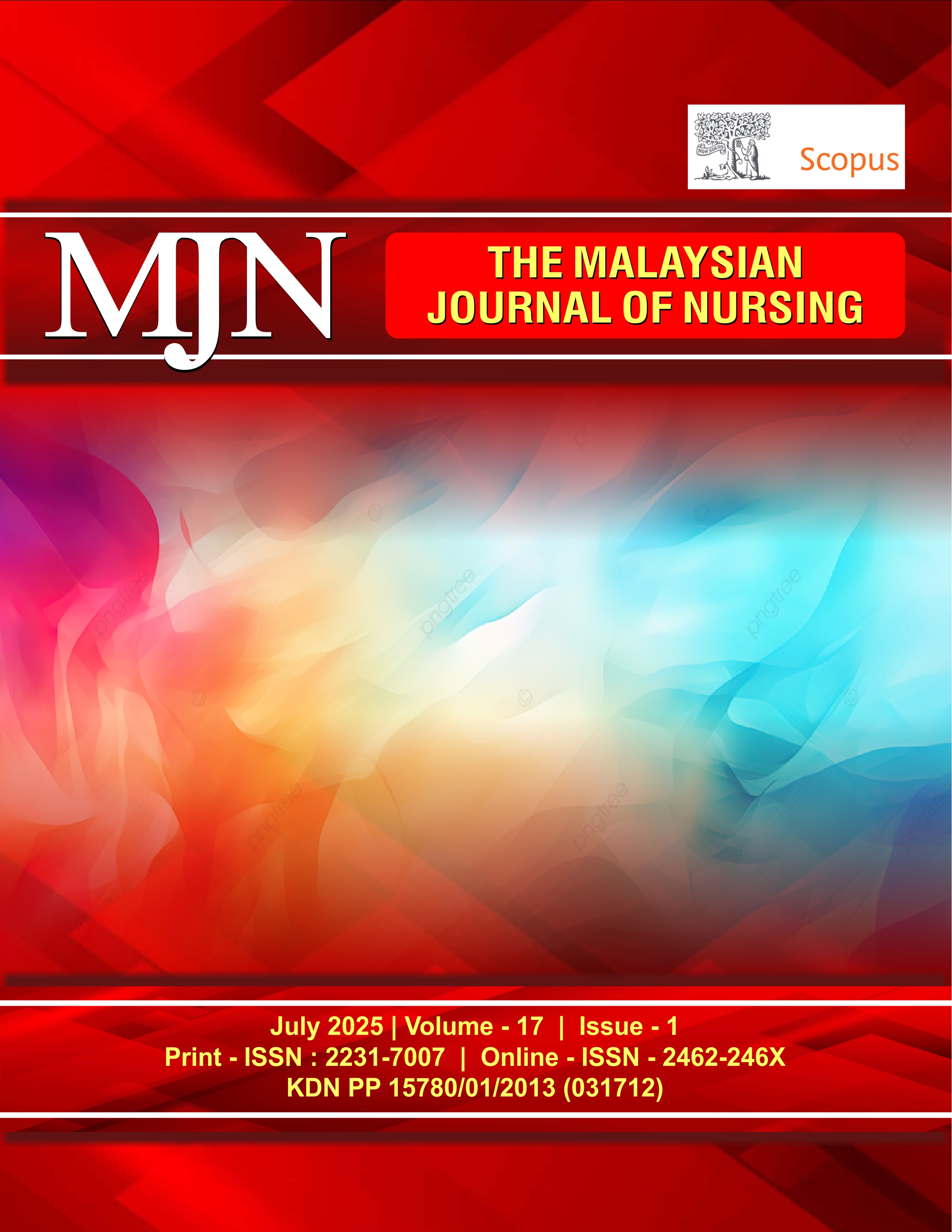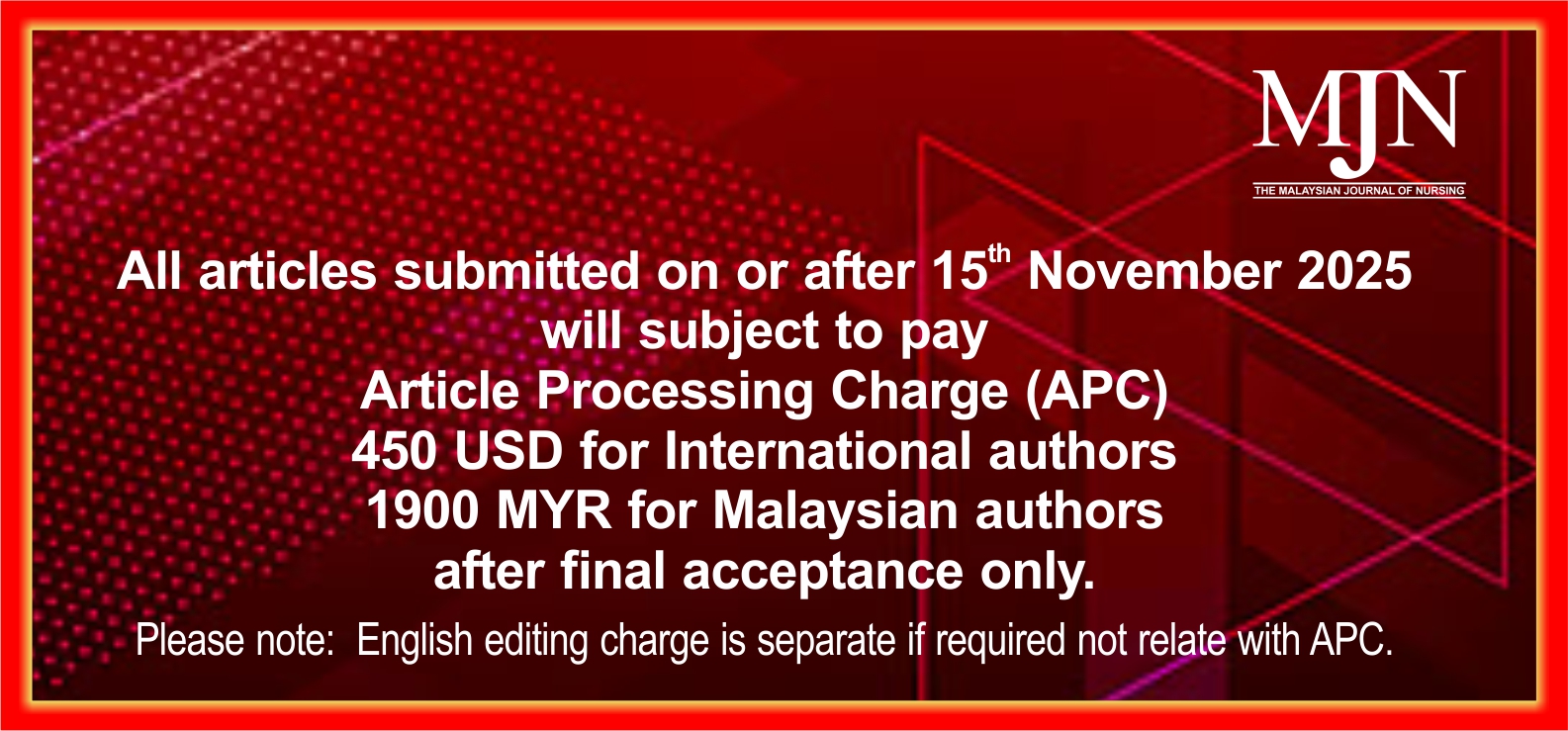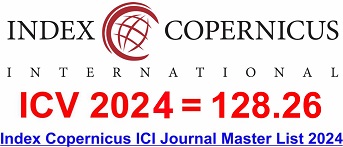Factors Associated with Accelerated Stunting Reduction among Children Under Five in Designated Quality Family Villages (Kampung KB)
DOI:
https://doi.org/10.31674/mjn.2025.v17i01.023Abstract
Background: The national target for 2024 is that the prevalence of stunting must be achieved at 14%. The success of Jambi Province in realising the target of accelerating stunting reduction in Muaro Jambi Regency by 8.6%. Objective: To determine the factors related to the accelerated reduction in stunting in children under 5 years of age in Muaro Jambi Regency. Methods: Cross-sectional. Sample: 129 parents with children under five using a purposive sampling technique. The instruments used were questionnaires, observation sheets, and focus group discussion guidelines. The research was conducted from July to November 2023. Univariate and bivariate data analysis using the Whitney test and multivariate using the multiple linear regression test. Results: Among the 129 respondents, it was found that 64 (49.6%) respondents had normal toddlers, 77 (59.7%) respondents had a good parental role, 68 (52.7%) respondents stated that the role of the Family Welfare Empowerment (PKK) mobilisation team was good, 77 (59.7%) respondents stated that the role of nurses/midwives was good and 77 (59.7%) respondents stated that the role of posyandu cadres was good. The most significant bivariate result is the relationship between the role of posyandu cadres and the reduction in stunting, (p-value=0.000; OR=13.192) Multivariate results: the most dominant variable in reducing stunting is the role of posyandu cadres (p-value=0.000; OR=13.192). Conclusion: The acceleration of stunting reduction is more dominant in the role of posyandu cadres and is also inseparable from the role of parents, the role of the PKK driving team, and the role of nurses/midwives.
Keywords:
Parental Role, Nurse/Midwife, Stunting, Posyandu CadresDownloads
References
Agustin, D., Noviyanti, L., Andini, S. P., & Agilia, S. (2024). Analysis of Relationship of Breastfeeding Behaviour in Working Mothers and The Incident of Stunting. Journal of Educational Innovation and Public Health, 2(3), 207-215. https://doi.org/10.55606/innovation.v2i3.3113
Amoah, W. W., Kobi, D., Tabong, P. T.-N., Kukeba, M. W., Alhassan, Y., Achaliwie, F., Amoah, A., & Adugbire, A. B. (2024). Factors contributing to malnutrition among children under 5 years at St. Elizabeth Catholic Hospital, Ahafo Hwidiem. Clinical Medicine Insights: Pediatrics, 18. https://doi.org/10.1177/11795565231222716
Andayani, S. R. D., Maulidiyah, F. K., Imaningsih, A. N., & Fitria, N. W. (2022). Upaya Pencegahan Stunting Berbasis Aplikasi Peran Penting [Perawat Dan Bidan Peduli Stunting) Di Kabupaten Jombang (Application-Based Stunting Prevention Efforts: The Important Role of Nurses and Midwives in Stunting Care in Jombang Regency]. Jurnal Ilmiah Keperawatan), 8(4), 592–598. https://doi.org/10.33023/jikep.v8i4.1294
Astikasari, N. D., & Sumardiyon. (2023). Posyandu cadres on capacity building: Prevent stunting by improving nutrition during the first 1000 days of life. Journal of Global Research in Public Health, 8(1), 145–150. https://doi.org/10.30994/jgrph.v8i1.446
Badan Kependudukan dan Keluarga Berencana Nasional. (2021). Rencana Aksi Nasional Percepatan Penurunan Angka Stunting Indonesia Tahun 2021–2024 [National Action Plan to Accelerate the Reduction of Stunting Rates in Indonesia 2021–2024]. Retrieved from: https://peraturan.bpk.go.id/Download/219987/Peraturan%20BKKBN%20No%2012%20Tahun%202021.pdf?utm_source=chatgpt.com . Accessed on 28th November 2023.
Bahrun, W., & Wildan, W. (2022). Stunting in Indonesian Children and Its Contributing Factors: Study through Bibliometric Analysis, 16(2), 1693-1602. https://doi.org/10.21009/JPUD.162.07
Berman, A. T., Snyder, S., & Frandsen, G. (2015). Kozier & Erb's Fundamentals of Nursing: Concepts, Process, and Practice (10th) Edition. Macmillan Heinemann, UK.
Chandra, B. R., Darwis, R. S., & Humaedi, S. (2021). Peran pemberdayaan kesejahteraan keluarga (PKK) dalam pencegahan stunting [The role of family welfare empowerment (PKK) in preventing stunting]. Focus: Jurnal Pekerjaan Sosial, 4(2), 107-123. https://doi.org/10.24198/focus.v4i2.35060
Creswell, J. W. (2009). Research designs: ualitative, quantitative, and mixed methods approaches. https://www.ucg.ac.me/skladiste/blog_609332/objava_105202/fajlovi/Creswell.pdf . Accessed on 24th November 2023.
Fowler Jr, F. J. (2013). Survey research methods. Sage Publications, USA.
Gbratto-Dobe, S. A., & Segnon, H. B. (2025). Is mother's education essential to improving the nutritional status of children under five in Côte d′ Ivoire?. SSM-Health Systems, 4. https://doi.org/10.1016/j.ssmhs.2025.100056
Gusnedi, G., Nindrea, R. D., Purnakarya, I., Umar, H. B., Andrafikar, Syafrawati, Asrawati, Susilowati, A., Novianti, Masrul, & Lipoeto, N. I. (2023). Risk factors associated with childhood stunting in Indonesia: A systematic review and meta-analysis. Asia Pacific Journal of Clinical Nutrition, 32(2), 184–195. https://doi.org/10.6133/apjcn.202306_32(2).0001
Irdawati, I., Arifah, S., Muhlisin, A., Kusumawati, Y., Siti Zulaekah, A., Nugrahwati, E., Putri, N. F., & Syaiful, A. A. (2024). Efforts of Increase Cadre Capacity about Stunting Prevention. MethodsX, 13(April), 1–6. https://doi.org/10.1016/j.mex.2024.102720
Koomson, I., Afoakwah, C., & Twumasi, M. A. (2024). Racial diversity, child stunting and underweight: Policies design and promotion in South Africa. Journal of Policy Modeling, 46(6), 1243–1262. https://doi.org/10.1016/j.jpolmod.2024.05.009
Manoppo, M. W., & Huriah, T. (2022). Nutrition intervention to prevent stunting in children aged 6-59 months. Jurnal Aisyah: Jurnal Ilmu Kesehatan, 7(S2), 147–154. https://doi.org/10.30604/jika.v7is2.1422
Miranda, A. V., Sirmareza, T., Nugraha, R. R., Rastuti, M., Syahidi, H., Asmara, R., & Petersen, Z. (2023). Towards stunting eradication in Indonesia: Time to invest in community health workers. Public Health Challenges, 2(3), 1–6. https://doi.org/10.1002/puh2.108
Muslimin & Mursyidah, L. (2024). The Role of Posyandu Cadres in Reducing Stunting in the Community. Indonesian Journal of Cultural and Community Development, 15(3). https://doi.org/10.21070/ijccd.v15i3.1117
Mustofa, M. Z., Mukhlisin, M., Suryana, Y., Kamal, M. A., Humairoh, L. N., Syiami, A. R., ... & Wijayanti, I. (2024). Peran Posyandu Dalam Upaya Penurunan Angka Stunting di Desa Sidomulyo [The role of integrated health posts (Posyandu) in efforts to reduce stunting rates in sidomul2yo village]. Inovasi Sosial: Jurnal Pengabdian Masyarakat, 1(4), 74-85. https://doi.org/10.62951/inovasisosial.v1i4.758
Ndagijimana, A., Nduwayezu, G., Kagoyire, C., Elfving, K., Umubyeyi, A., Mansourian, A., & Lind, T. (2024). Childhood stunting is highly clustered in Northern Province of Rwanda: A spatial analysis of a population-based study. Heliyon, 10(2). https://doi.org/10.1016/j.heliyon.2024.e24922
Ningtias, I. S., Kustanti, A., & Sukesi, K. (2024). The role and participation of family welfare empowerment cadres (PKK) in stunting prevention: A case study in Bojonegoro. International Journal of Community Service Learning, 8(1), 1-8. https://doi.org/10.23887/ijcsl.v8i1.76160
Nita Dwi Astikasari, & Sumardiyon. (2023). Posyandu Cadres on Capacity Building: Prevent Stunting by Improving Nutrition During the First 1000 Days of Life. Journal of Global Research in Public Health, 8(1), 145–150. https://doi.org/10.30994/jgrph.v8i1.446
Nurlaily, S., & Agustini, R. D. (2025). Stunting Among Children Aged 6-59 Months in Gorontalo, Indonesia. Jurnal Kesehatan Masyarakat, 20(3), 523-533. https://doi.org/10.15294/kemas.v20i3.13539
Oyenubi, A., & Rossouw, L. (2024). Is the impact of the South African child support grant on childhood stunting robust? An instrumental variable evaluation. Children and Youth Services Review, 164(January). https://doi.org/10.1016/j.childyouth.2024.107829
Ramadhan, K., Entoh, C., & Nurfatimah, N. (2022). Peran Kader dalam Penurunan Stunting di Desa [The role of cadres in reducing stunting in villages]. Jurnal Bidan Cerdas, 4(1), 53–61. https://doi.org/10.33860/jbc.v4i1.409
Sey-Sawo, J., Sarr, F., Bah, H. T., & Senghore, T. (2023). Women’s empowerment and nutritional status of children in the Gambia: further analysis of the 2020 Gambia demographic and health survey. BMC Public Health, 23(1), 1–13. https://doi.org/10.1186/s12889-023-15494-1
Supadmi, S., Laksono, A. D., Kusumawardani, H. D., Ashar, H., Nursafingi, A., Kusrini, I., & Musoddaq, M. A. (2024). Factor related to stunting of children under two years with working mothers in Indonesia. Clinical Epidemiology and Global Health, 26(January). https://doi.org/10.1016/j.cegh.2024.101538
Widiasih, R., Sunjaya, D. K., Rahayuwati, L., Rusyidi, B., Ermiati, Sari, C. W. M., Mardani, Rusdi, & Tung, S. E. H. (2025). Evaluating the knowledge, roles, and skills of health cadres in stunting prevention: A mixed-method study in Indonesia. Belitung Nursing Journal, 11(3), 330–339. https://doi.org/10.33546/bnj.3722
World Health Organization (WHO) (2016). Childhood Stunting: Context, Causes and Consequences. Retrieved from: https://www.who.int/publications/m/item/childhood-stunting-context-causes-and-consequences-framework?utm_source=chatgpt.com. Accessed on 18th August 2023.
Published
How to Cite
Issue
Section
License
Copyright (c) 2025 The Malaysian Journal of Nursing (MJN)

This work is licensed under a Creative Commons Attribution-NonCommercial-NoDerivatives 4.0 International License.



































